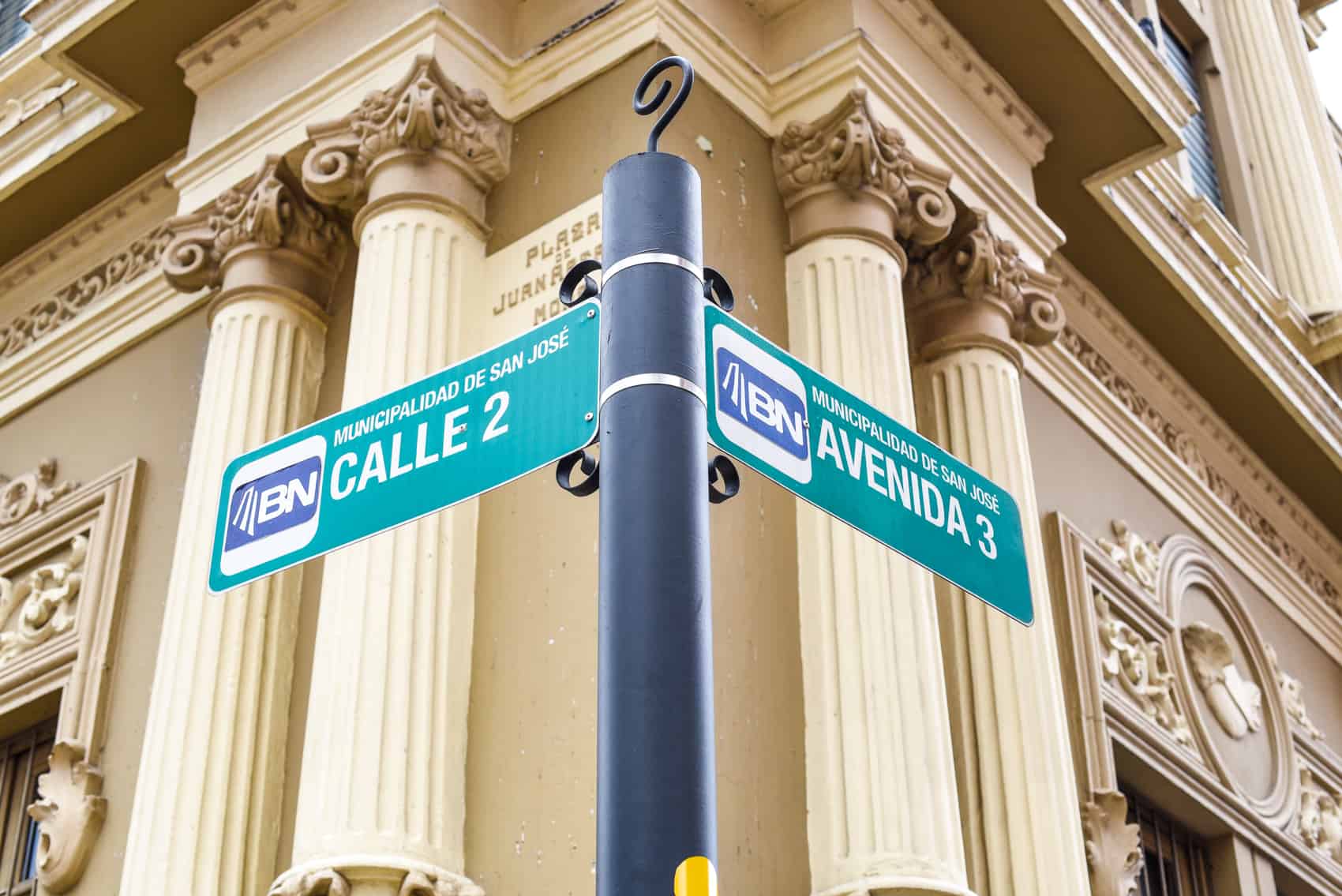The New Yorker released a documentary showcasing how directions are given in Costa Rica. The film brings to light the unique and even comical way in which Ticos give addresses and navigate the country.
“Unlike American addresses, which make it easy to arrive at your destination without much thinking, Costa Rican directions require you to get acquainted with the landscape you are traversing and the people who call it home,” The New Yorker pointed out.
One of the most famous directions given is the “del antiguo higuerón,” which the newspaper also described. The tree was part of an intersection in San Pedro and soon became an iconic landmark.
“For an outsider, those directions might be almost inscrutable—where is the new tree, and why speak of its predecessor? But, for someone who grew up in the area, the use of such landmarks would be completely natural. In the words of Santos’s grandmother, Ligia Kopper: “I find it so quickly. It’s normal, it’s a part of life,” added the media outlet.
As shown by the documentary, Costa Ricans usually don’t have house numbers nor numbered streets and will rely on reference points.
“If Costa Rican addresses are based on an alternative understanding of space, they are also infused with a nonlinear conception of time. Directions sometimes call on things no longer present but whose memory remains,” the creators of the film mentioned.
They also pointed out that the country’s sense of community can be perceived in the way directions are given, as they believe they are a “reference to my community, to my home, to the tree over there.”
Often, “pulperias,” houses decorated in particular ways or painted a certain color, stadiums, fruit trees, or former iconic landmarks are used to help someone get to where they’re going.
“…The most poetic of those tributes is to the obelisk that once rose over Paseo Colón, one of the main thoroughfares in San José. Built in the early twentieth century, the obelisk was the crowning jewel of the promenade. After it was demolished in the nineteen-fifties to make way for cars, residents took to giving directions “from the obelisk’s scar,” the article highlighted.
Now, technology is taking over, and people often use Waze or Google Maps to move around. However, Ticos have managed to preserve their irreplaceable way to give “direcciones.”






